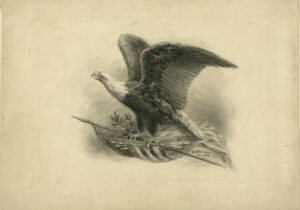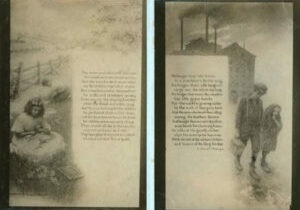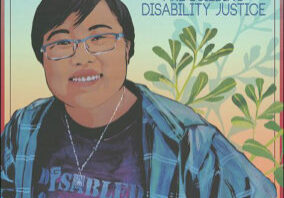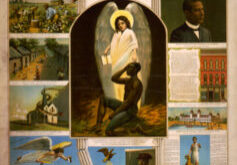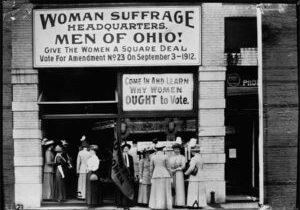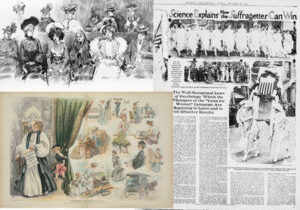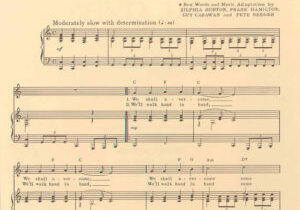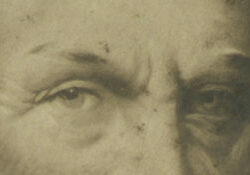Lesson Plans
Making a Mark: Marching & Leaping Towards Reform
Students make connections between protest, reform, and legacy through investigation of the 1963 March on Washington, Martin Luther King Jr.'s “I Have A Dream” speech, the poem "Crossing" by Jericho Brown, and an excerpt of a conversation about leaving a legacy to your country with poet, teacher, and activist Sonia Sanchez. After, students consider civic actions they might take that would support the promise of American democracy.
The Importance of Voting
Students consider the importance of voting as they analyze primary sources and the poem “One Vote” by Aimee Nezhukumatathil. They then learn more about the connection between poetry and the woman suffrage movement. After, students may investigate a contemporary politician or activist advocating for voting rights and present their findings to the class.
Do Our Parks Do What They Are Supposed to Do?
Students analyze primary source images and texts to investigate Frederick Law Olmsted's theories of park purpose, design and development, then use what they learned to assess a local park. Students may then make a proposal to the applicable local agency to preserve or renovate a park they identified.
Pairing Pictures & Poems to Tell Stories
Students analyze images and texts to learn the power of pairing pictures with poems to tell stories about the historical issue of child labor and issues affecting children today.
How Disability Activists Created Change
Students analyze primary and secondary sources about 1977 and 1990 Disability Rights Movement protests to identify strategic actions taken by activists, evaluate the level of personal risk or investment needed to participate, and compare them with actions by African-American civil rights activists of that time and earlier, and of social justice activists today.
African American Monument
Students review scenes from African American history through analysis of a poster created as a type of monument. After, students create a brief sketch and a write caption for a scene from recent times and explain why they feel the scene is an important addition to the poster.
Tactics in the March to Suffrage
Students examine the tactics supporters of the woman suffrage movement used in their long quest to gain the right to vote through primary source analysis, consider the effectiveness of various social movement strategies, and create their own tactical plan to affect change on an issue relevant to their own lives.
Perceptions & Roles of American Women
Students analyze historical primary sources and then create their own contemporary sources as they investigate and consider how perceptions of women in America and their roles in society have evolved over time. After, students brainstorm ways that citizens can work to achieve greater equality for all.
We Shall Overcome
Students analyze historical and contemporary primary sources to examine how citizens persevered to overcome injustice and affect change during the 1960s civil rights era and consider the lessons the first March to Selma and the events that followed in 1965 provide for us today.
In Service of a Cause?
Students analyze images in conjunction with historical and contemporary texts, comparing and contrasting point of view, details, claims, evidence, and reasoning as they learn about the purpose of the 1859 raid on Harpers Ferry led by John Brown and consider whether or not his actions were justified in the historical context. After, students debate whether the use of force or violence in service of a cause can ever be justified.

